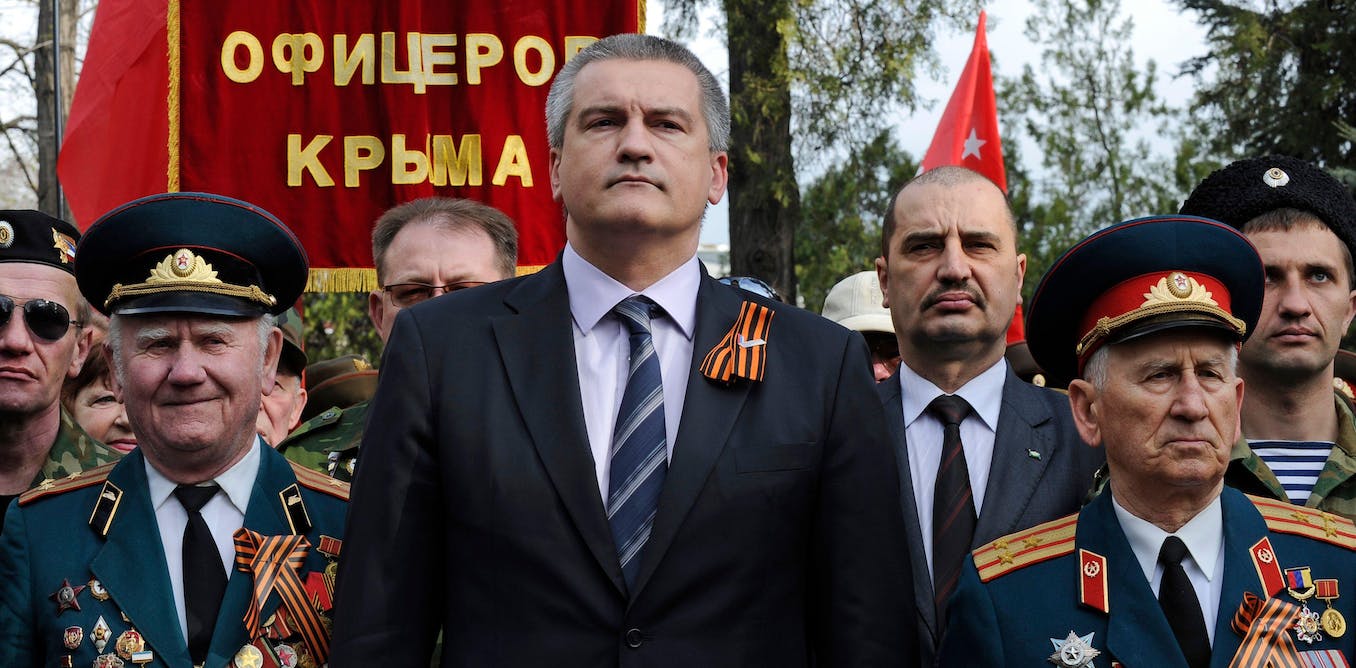

My wife has knitted me several pairs of socks over the years. I am pretty certain that she has given me at least a couple at Xmas. I still have them all and wear them at weekends.
However, other than that, I don’t think that I have given or received anything that is not consumable - food, drink, toiletries, candles, outings etc - for a very long time.











Remember them: yes.
Feel anything: it is usually a particular event or something that causes me to bring them to mind, so any feelings will be more tied to the event that caused the memory than the place itself - and that could be good, bad or just unusual. I don’t think that I have ever had reason to look at street views of any of them.
Sentimental: not in general. They all had good points and not so good. I enjoyed living in them most of the time, but I enjoy where I am now too.
The closest to sentimental would be when I spent a night at one of the old places some years later. I used to live on site for work, but my role changed. No-one lives there now. It is used for meetings and storage etc, but someone will occasionally sleep-over for one reason or another, as I did on this occasion. That evening I felt like a ghost haunting my own past.